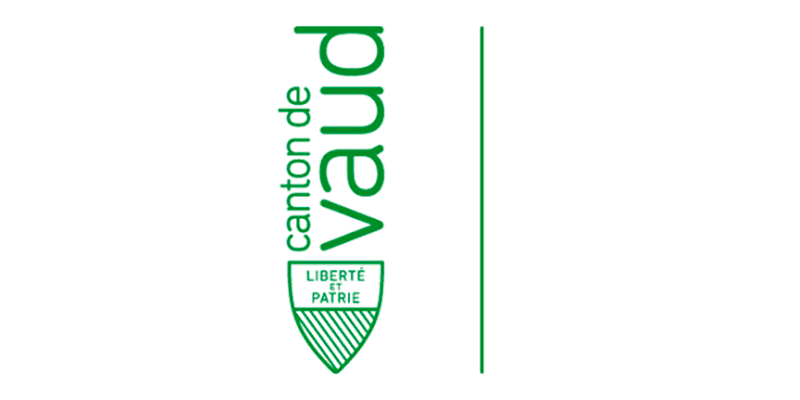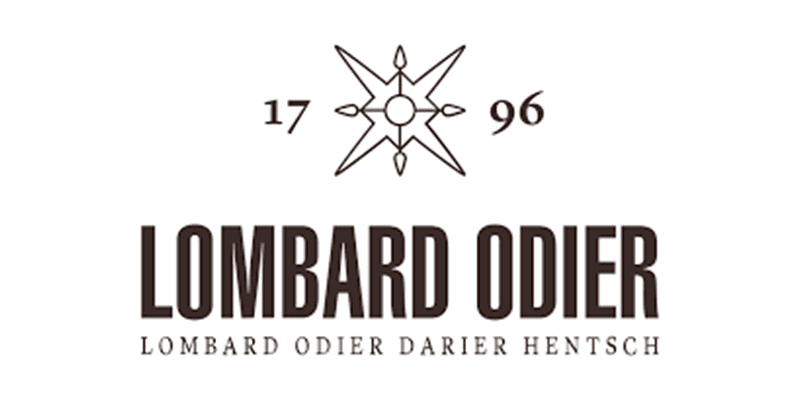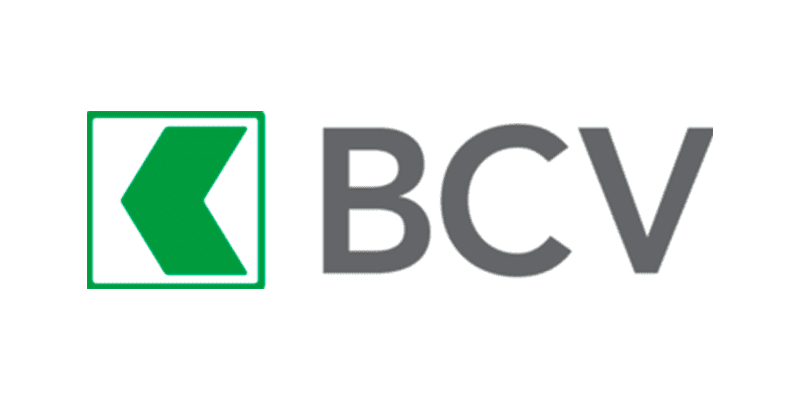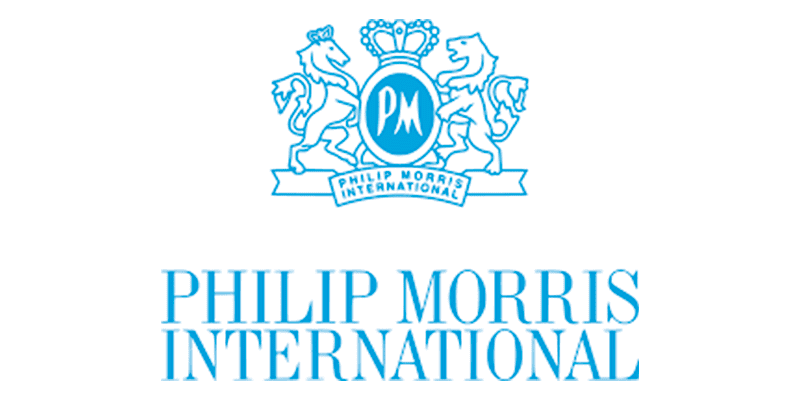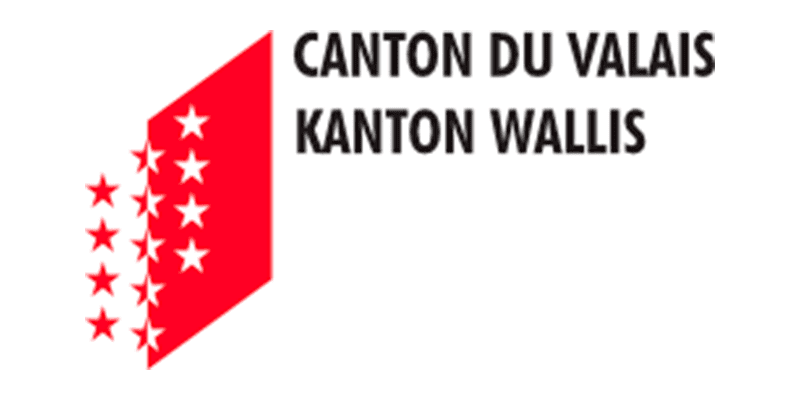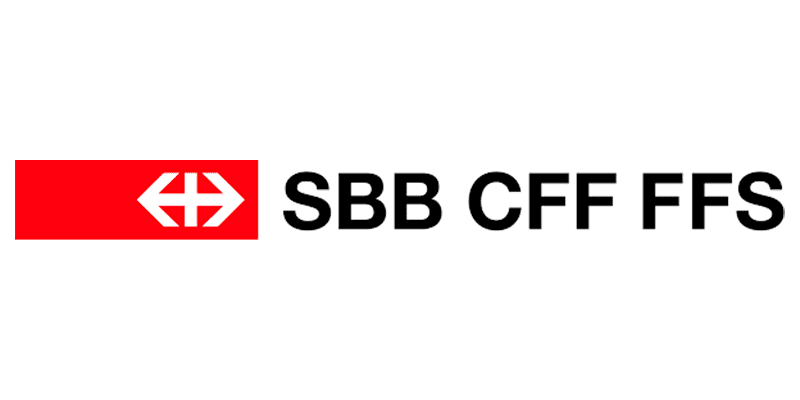they trust us
We have been working with some of our customers for nearly 30 years, maintaining long-term business relationships, most of them for more than 10 years. As a sign of trust, our clients allow us to associate their logo with Itecor and we thank them for this. For confidentiality and compliance reasons, this list is not exhaustive.
test management
Test management is at the heart of Itecor’s testing services. Our experts help our customers develop an appropriate test strategy and can then manage and execute the test activity over the DevOps lifecycle.
In addition, we help our clients determine the best approach for test automation, performance testing and security testing. Our test managers are familiar with different test tools on the market and can assist clients in either choosing the right tool or using existing tools with best practices.
We pride ourselves on a team of technology-savvy individuals who are curious and detail-oriented. We know that testing is the activity that stands between a good design and implementation for the business, and we are conscious of the responsibility this brings.
test automation
Ambitious digital programs delivered in an Agile or Continuous Delivery mode are driving the need for more automation. Itecor’s experienced Test Automation Engineers work with our clients to decide the best approach, organisation and tools. Test automation requires a specific set of competencies, and we can help coach client team members or supply expertise either as onsite delivery or managed services.
Our service team keeps an eye on the future with AI and machine-learning trends, visual recognition, self-healing tests, and Hyper automation. We work with the major technology vendors for certification, training, best practices and collaboration while our extensive partner ecosystem brings value to both our clients and employees.
performance testing
Performing systems are key for public image, customer loyalty and employee adoption and efficiency. Itecor’s performance engineers identify the best approach for ensuring application performance. Simply looking at servers being available or not, is no longer enough. With microservices and scaled architecture, we need to measure whether users are still able to do what they are supposed to do.
Our engineers work with you to build a strategy to ensure performance. This may be integration of performance checks early on in the CI/CD pipeline; load and scalability tests in the Pre-production environment or failure injection testing directly in production (Chaos Engineering). At each stage we ensure you have the tools and skills in place to monitor the systems under test to be able to deep dive and understand root cause of performance issues.
security testing
Application Security is one of the most critical elements of a complete Quality approach to Application Development. Application weaknesses and software vulnerabilities are common external attack methods. Risk factors include the drive to the cloud, increasing the use of APIs, and open-source technologies.
To face these risks, organizations are beginning to integrate Security evaluations and testing as part of the application lifecycle. This can start with Interactive application security testing (IAST) as part of the development phase, coupled with SCA (Software Composition Analysis) designed to identify vulnerabilities early on and allow developers to remediate code quickly.
Itecor brings expertise on how to implement best practices in security evaluation and testing, which tools to use, and how to implement within the application development lifecycle.
Insights






